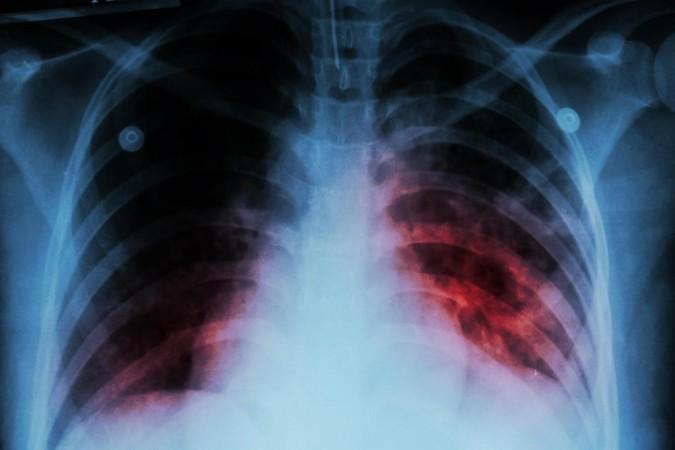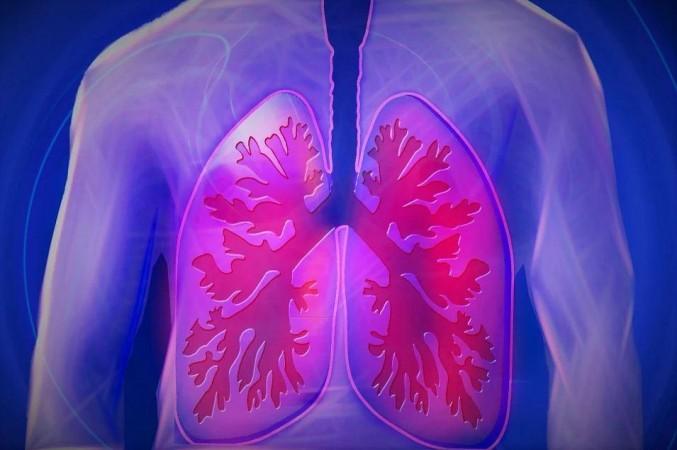
India has seen a significant increase in the notification of tuberculosis (TB) cases, with about 21.69 lakh cases reported between January and October 2024. This figure represents a substantial rise from the 18.05 lakh cases reported in 2020 and the 25.52 lakh cases reported in 2023. The Union Minister of State for Health and Family Welfare, Anupriya Patel, shared these figures in a written reply in the Rajya Sabha.
The increase in TB notification is a significant concern for India, a country that has been grappling with the disease for many years. However, the recent figures suggest that the country is making progress in its fight against TB. The National TB Elimination Programme (NTEP), under the National Health Mission (NHM), has been instrumental in these efforts.
The NTEP has implemented targeted interventions in high TB burden areas, provided free drugs and diagnostics to TB patients, and conducted active TB case-finding campaigns in vulnerable and co-morbid populations.
The NTEP's efforts have also included integrating Ayushman Arogya Mandir with TB screening and treatment services, incentivizing private sector engagement in the notification and management of TB cases, and expanding the coverage of the Nikshay Poshan Yojana for nutritional support to TB patients. These initiatives have been crucial in India's goal to eliminate TB by 2025, five years ahead of the global target of 2030.

The incidence rate of TB and related deaths in India has seen a significant decline. The incidence rate has dropped by 17.7 per cent from 237 per 100,000 population in 2015 to 195 per 100,000 population in 2023. Similarly, TB deaths have reduced by 21.4 per cent from 28 per lakh population in 2015 to 22 per lakh population in 2023.
The Union Ministry of Health and Family Welfare has been coordinating and collaborating with other stakeholder Ministries and departments to ensure strict health screening, testing of incoming international passengers, and referrals of suspect/confirmed cases. The Ministry is also in regular interaction with all States/UTs through formal communication and video conferencing.
In the global context, the World Health Organization (WHO) has been actively involved in responding to health crises and outbreaks of infectious diseases. In 2023, the WHO coordinated health assistance provided by 900 partners to meet the needs of 107 million crisis-affected people in 29 countries. Despite the challenges, there have been positive developments. In May, the WHO's Director-General declared an end to two Public Health Emergencies of International Concern: COVID-19 and mpox.
In the fight against HIV, the Global Fund has made significant strides. In 2023, 39.9 million people were living with HIV globally, 1.3 million people were newly infected with the virus, and 630,000 people died of AIDS-related causes. Despite these figures, Global Fund investments in 13 priority countries have led to a 69% reduction in the HIV incidence rate amongst adolescent girls and young women in these countries since 2010.
Substantial global progress has also been made in reducing child deaths since 1990. The total number of under-5 deaths worldwide has declined from 12.6 million in 1990 to 5.2 million in 2019. However, disparities exist across regions and countries. Sub-Saharan Africa remains the region with the highest under-5 mortality rate in the world, with 1 child in 13 dying before his or her fifth birthday. Half of all under-5 deaths in 2019 occurred in just five countries: Nigeria, India, Pakistan, the Democratic Republic of the Congo, and Ethiopia.
















